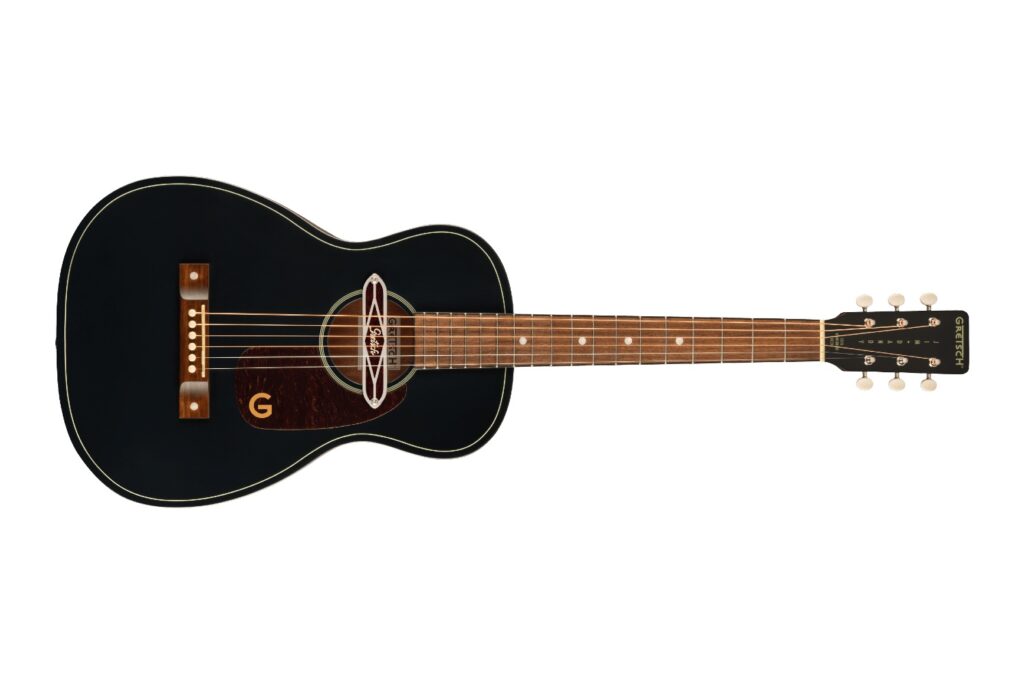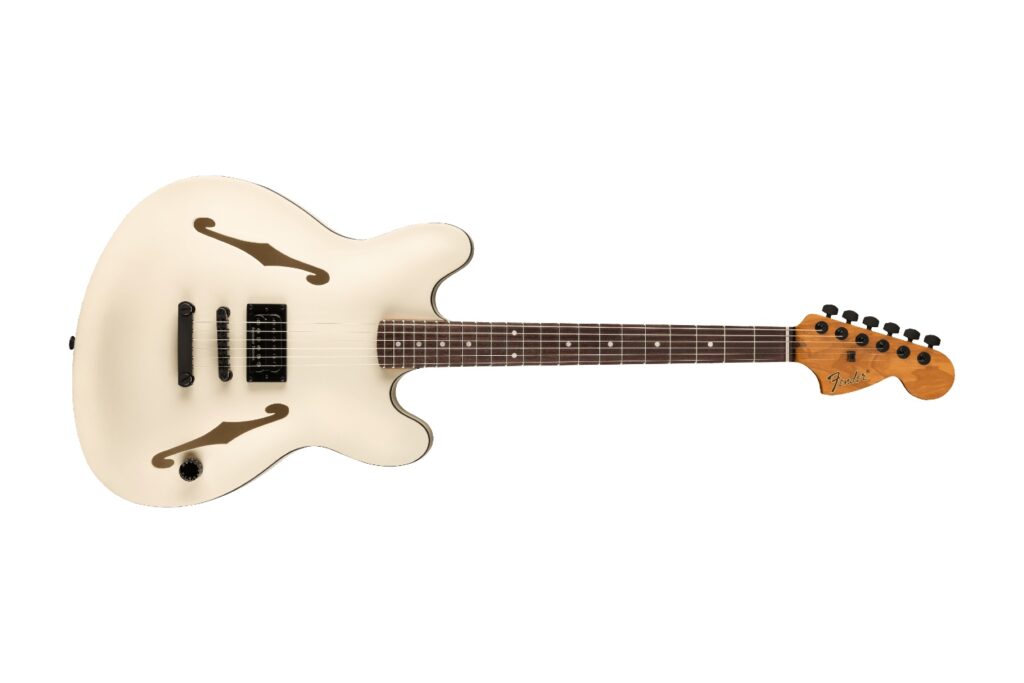The reason I start my writing here is because The Edge is most notably known for his prolific and particular use of delay as a chief riff-writing tool. To a point, he is the progenitor of the idea that a guitar can and should play itself insomuch as many of his guitar lines hinge on the effect-soaked sonic exploration that birthed them. If there’s one thing we can trust the man with, it’s a delay. Fender’s first proper foray into blissful repetition is as time-honoured as the company itself. A simple switch toggles between pairs of faithful representations of three of the most significant eras of delay voicing: digital, analogue and tape. Throw in dotted eighth repeats for enough jittery swung time to confuse the hell out of any drummer and you’ve got yourself a deal. Five dials crown the face of the unit affording you control over the essentials: depth, rate, feedback, time and overall level. All of this sounds simple enough, right? Don’t write it off as ‘just another delay’ too soon though. As with all good stompers, the devil is definitely in the details.
In the time since The Edge started expanding people’s minds with his pedal collection, the secret world on the floor has come a long way. There are units on the market these days that would have the great man himself in a spin and the manner in which they are being employed is just about the only thing that pales their number in comparison. Many a clever propeller-head these days has come around to the idea of the ‘wet/dry’ rig, where one amp carries the focus of clean signal while another steeps in time-based effects like a bag of sweet tea. Realising this, Fender has cleverly installed a Dry Kill switch on the back of the Mirror Image and its wetter sister, the Marine Layer Reverb. This is really one of those ‘why didn’t anyone think of that before’ kind of revelations as it allows those of us with well worn effects loops to use either or both of these pedals as wet only effects, with all direct signal cleared to make way for tails only. An achingly simple yet thoroughly road ready innovation indeed.
Fender being Fender, they have managed to step into uncharted waters with a confidence and clarity to their thinking that smokes the competition. While other innovations and celebrity endorsements walk wayward down the path to enlightenment, the Mirror Image Delay manages to deftly tread that fine line between giving the people what they want and stepping up the game for the rest. Incomparably usable, stylish and sincere as Fender is, was and ever shall be.







